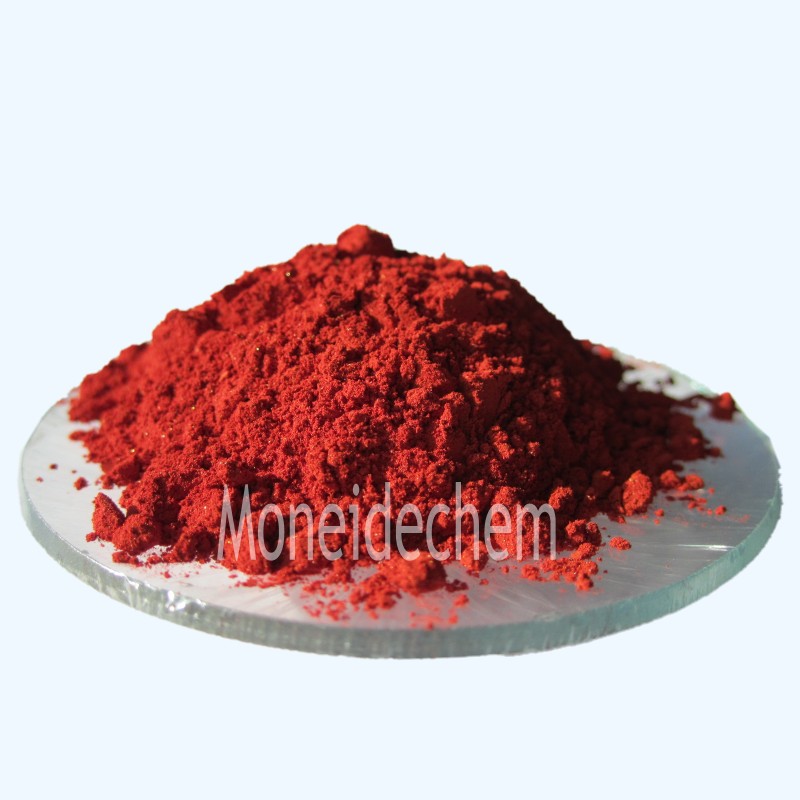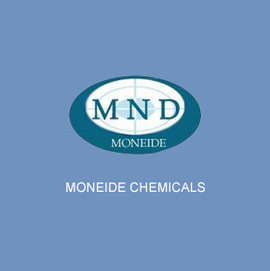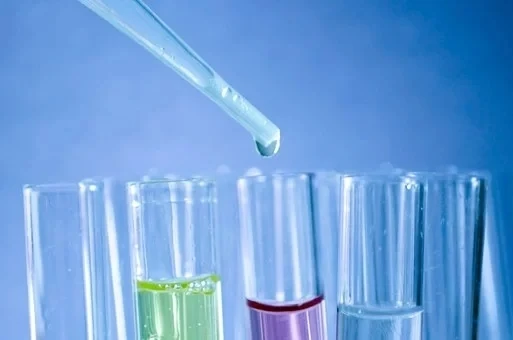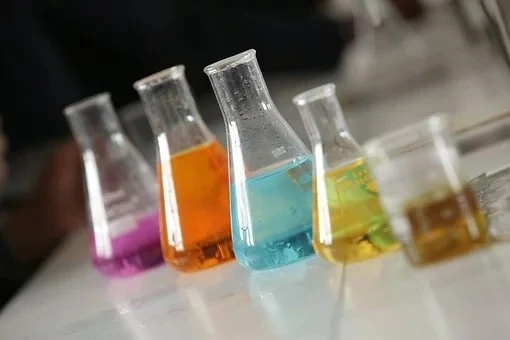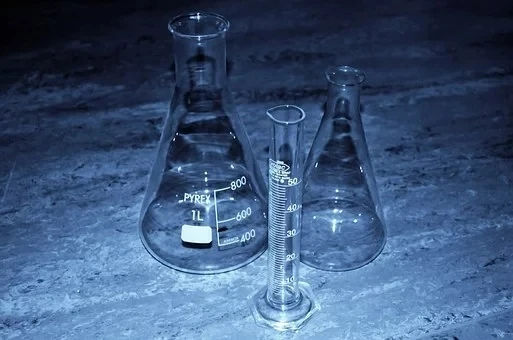모네이드 케미컬스
Tel: 86-315-8309571
WhatsApp/WeChat/Mobile: 0086-15633399667
스카이프: janet-honest
주소: 2-7-523 Jidong Building Materials Tangshan, Hebei 064000 중국
Acid Red 87
|
화학명 |
Acid Red 87 |
|
다른 이름 |
C.I. 45380; Eosin Yellowish; 2',4',5',7'-Tetrabromofluorescein disodium salt |
|
CAS 번호 |
17372-87-1 |
|
분자식 |
C20H6Br4Na2O5 |
|
EINECS No. |
241-409-6 |
|
분자량 |
691.86 |
|
분자 구조 |
|
|
세부 |
Appearance: Red with blu-ray crystalline powder Maximum absorption wavelength (nm): 510.0~518.0 Mass-absorption coefficient (L/cm·g): 115.0 min. Water Soluble Test: pass Sensitivity Test: pass Loss on drying: 9.0% max. Halide (Br): 2.0% max. |
|
주요 응용 프로그램 |
Used for adsorption indicators, biological dyeing agents. |
1. What is acid red 87?
Acid Red 87, also known as Eosin Y, is a synthetic fluorescent xanthene dye with a distinctive pink-red color. It is an acidic dye containing bromine atoms, making it highly water-soluble and reactive with positively charged molecules. Commonly used in biological staining, it binds to proteins and cytoplasmic components, appearing red under microscopy. Its chemical structure includes a dibromofluorescein core, which gives it strong staining properties. While primarily a laboratory reagent, it has also been used in inks and cosmetics, though its use in food and personal care products is now restricted in many countries.
2. What is acid red 87 used for?
Acid Red 87 is widely used in histology and hematology as a counterstain in H&E (hematoxylin and eosin) staining, where it highlights cytoplasmic structures, collagen, and red blood cells. It is also employed in fluorescence microscopy due to its ability to emit light under specific wavelengths. Beyond biology, it has applications in dyeing textiles, paper, and inks. However, its use in cosmetics and food has declined due to potential toxicity concerns. In research, it serves as a pH indicator and tracer dye in environmental studies.
3. What is the difference between acid red 87 and acid red 33?
Acid Red 87 (Eosin Y) and Acid Red 33 are both synthetic red dyes, but they differ chemically and functionally. Acid Red 87 is a brominated xanthene dye, while Acid Red 33 is an azo dye, giving them distinct light absorption and staining properties. Eosin Y is primarily used in biological staining and microscopy, whereas Acid Red 33 is more common in cosmetics, textiles, and food coloring (where permitted). Acid Red 33 is less fluorescent and lacks the strong protein-binding affinity of Eosin Y, making it unsuitable for detailed histological work. Safety profiles also differ, with Acid Red 33 being more controversial in food applications.









